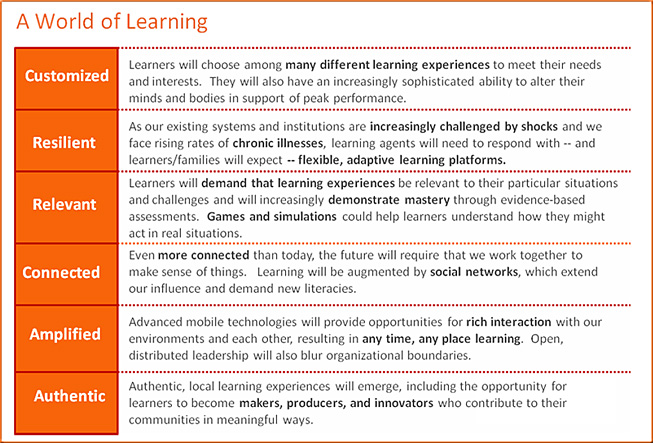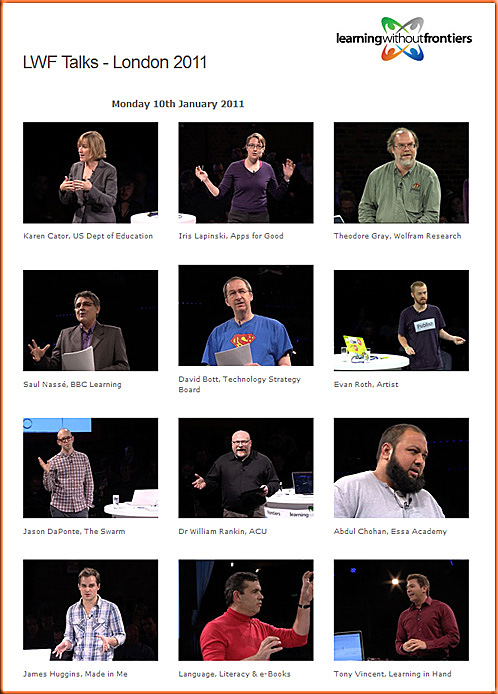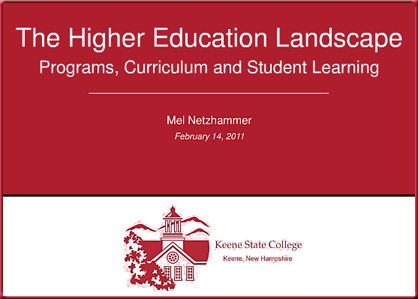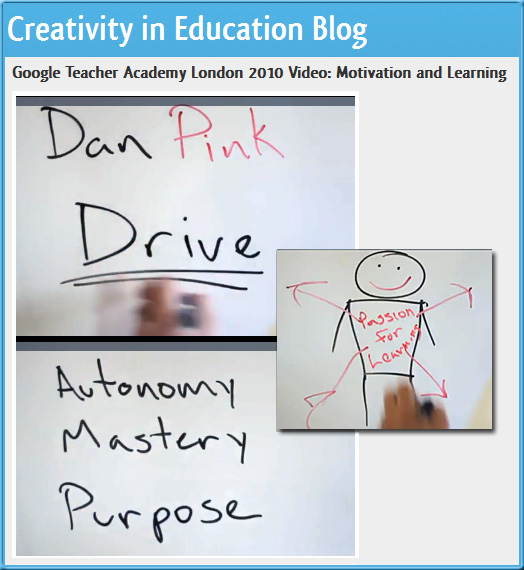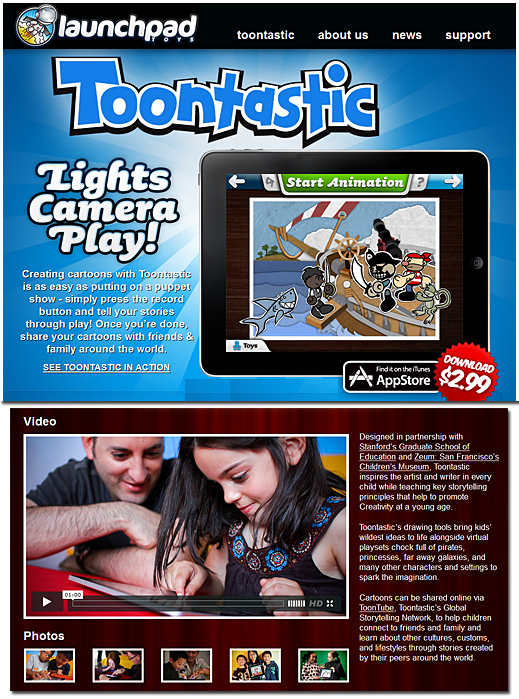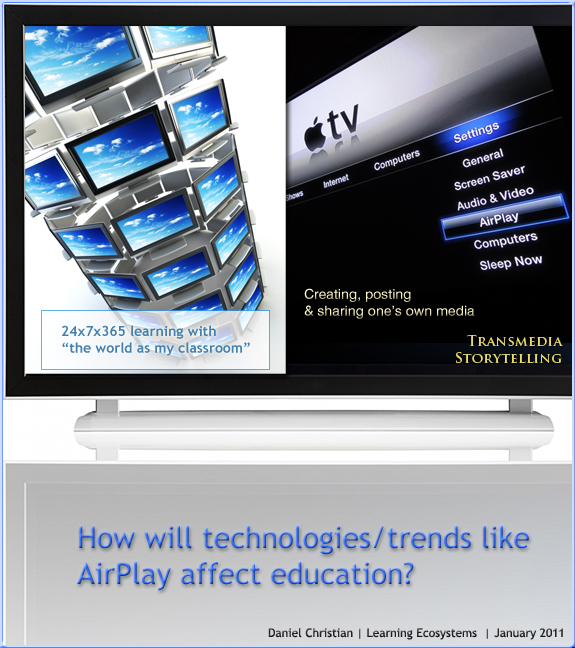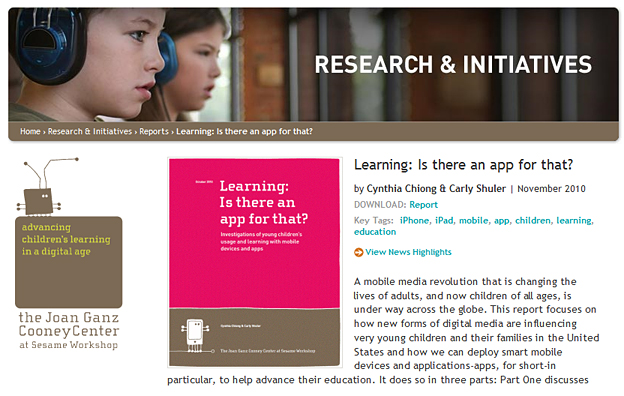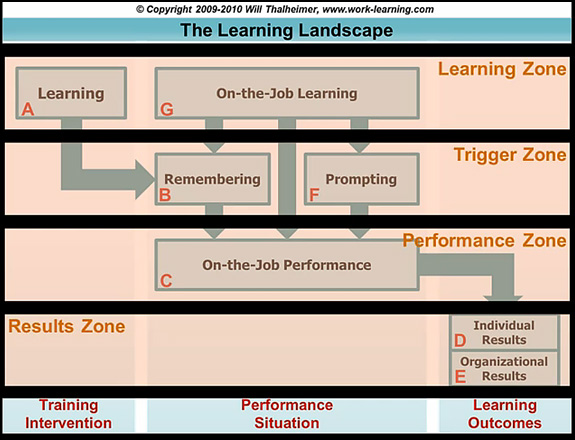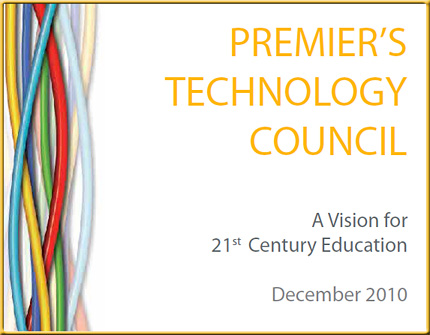What makes a good learning game? Going beyond edutainment — from e-Learning Magazine by Simon Egenfeldt-Nielsen
After developing more than 30 learning games I can safely say that it is definitely not an easy task. Developing good learning games requires constant attention to opposing factors, which only through creativity can truly be made to smoothly work together.
Since the inception of computer games, there has been learning games. In the early years, games were used to demonstrate the potential benefits of computers. Although learning games date back to at least the 1960s, it is still a discipline fraught with challenges [1]. One of the fundamental questions that remain unanswered is: What really makes a good learning game? This simple question is far from trivial as it might be seem upon first sight. The question relates to what we define as a good game and what we define as good learning—none of which have been fully answered.
This article is not be a quick-guide for “how to design” learning games with ideas like points, leveling, power-ups and clear goals. Rather it will present a helicopter view on what often happens when you apply these principles and ignore the fundamental structure of games. You may very well create a learning game that is motivating, and uses level and feedback in some ways, but still fail miserable. This often happens because designers are not conscious of how games are fundamentally structured. They forget games are about “what you do” and not “what you see.” Instructional designers apply game principles but forget to step back and see whether these principles distort the learning experience. Often this happens by failing to integrate game and learning goals, losing sight of the difference between seeing and doing, and accidentally derailing the player away from learning in favor of pure fun. When you use very simple principles from games in your e-learning applications the risk of distortion is less, unlike when designing more complex, game-based learning applications.









